Your cart is currently empty!
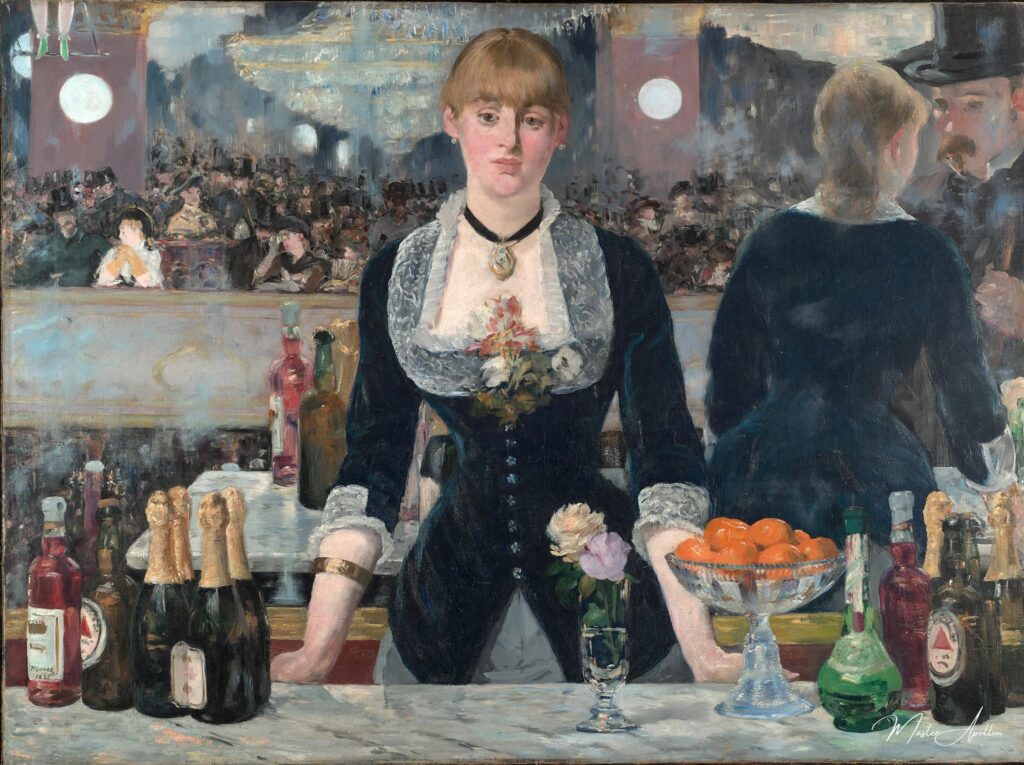
A Bar at the Folies-Bergère – Edouard Manet
This oil painting reproduction of “A Bar at the Folies-Bergère” by Edouard Manet is a stunning masterpiece that will bring a touch of sophistication and elegance to any space. Crafted with the highest quality materials and meticulous attention to detail, this reproduction captures the essence of the original artwork with remarkable precision.
The skilled artisans who created this piece used a …
A Bar at the Folies-Bergère: Édouard Manet’s Masterpiece of Modernity
Édouard Manet’s painting, “A Bar at the Folies-Bergère,” created in 1882, is a landmark in the history of art, reflecting the complexities of modern life in late 19th-century Paris. This article examines the painting’s artistic innovations, social commentary, and enduring legacy, highlighting its significance as a pivotal work that continues to inspire and provoke discussion in the art world.

Realism and Modernity
At the heart of Manet’s work is a commitment to realism, a movement that sought to depict contemporary life with honesty and clarity. “A Bar at the Folies-Bergère” embodies the Impressionist fascination with capturing fleeting moments, allowing viewers to engage with the vibrant nightlife of Paris. The Folies-Bergère, a famous entertainment venue, serves as a backdrop for this exploration of modernity, illustrating the convergence of leisure, commerce, and societal change.
The barmaid, modeled by a real woman named Suzon, stands at the center of the composition, her figure radiating both allure and detachment. The scene is set in a lively environment, filled with patrons and the energy of the nightlife, yet the barmaid’s expression conveys a sense of isolation. This juxtaposition invites viewers to reflect on the paradoxes of modern existence—how amidst the hustle and bustle, individuals can feel profoundly alone.
Perspective and Illusion
One of the painting’s most striking features is its complex play with perspective, particularly through the use of a mirror positioned behind the barmaid. Early critics, perplexed by what they perceived as errors in perspective, overlooked the deliberate artistic choices Manet made. Art historian Jeffrey Meyers remarks, “Though Manet shifted her [the barmaid] from the right to the center, he kept her reflection on the right. Seen in the mirror, she seems engaged with a customer; in full face, she’s self-protectively withdrawn and remote.” This clever manipulation of perspective adds layers of meaning, creating a sense of ambiguity that invites viewers to question their own perceptions.
The reflection in the mirror becomes a focal point, suggesting a dialogue between reality and illusion. It prompts an exploration of the nature of observation—who is truly present in the scene? The viewer, the barmaid, or the reflected customer? This interplay challenges traditional artistic representations, inviting audiences to engage in a more active interpretation of the artwork.
Social Commentary
Beyond its technical innovations, “A Bar at the Folies-Bergère” serves as a poignant critique of the social dynamics of Parisian society. The barmaid’s position embodies the commodification of women during this era, where their value was often measured through their roles as objects of desire. The presence of oranges in the foreground carries significant connotations. As art historian Larry L. Ligo points out, “By including a dish of oranges in the foreground, Manet identifies the barmaid as a prostitute,” a commentary on the intertwining of sexuality and commerce.
Art historian T.J. Clark further emphasizes this notion, stating that the barmaid is “intended to represent one of the prostitutes for which the Folies-Bergère was well-known,” depicted as both a salesperson and a commodity—something to be purchased along with a drink. This duality underscores the complex realities faced by women in urban environments, reflecting broader societal issues surrounding gender and power dynamics.
The painting’s subtle social critique resonates with viewers, challenging them to confront the uncomfortable truths of commodification and exploitation that persist in contemporary society. Manet’s ability to weave these themes into a seemingly straightforward depiction of nightlife enhances the painting’s depth and relevance.
Influence and Legacy
“A Bar at the Folies-Bergère” has profoundly influenced subsequent generations of artists, serving as a reference point for various artistic movements. Its exploration of perspective, realism, and social dynamics has inspired countless works across different mediums, including ballets and films. Contemporary artists such as Jeff Wall have drawn upon Manet’s innovations, reflecting the painting’s lasting impact on the evolution of visual art.
The enduring legacy of this masterpiece is also evident in its continued relevance in art education and scholarship. The work is frequently analyzed in discussions of modernity and realism, illustrating how Manet’s techniques and themes resonate with contemporary issues. The painting not only captures a moment in time but also serves as a lens through which to examine the ongoing complexities of urban life, identity, and the human experience.
Important Facts
- Artist: Édouard Manet
- Year: 1882
- Medium: Oil on canvas
- Dimensions: 96 cm × 130 cm (37.8 in × 51.2 in)
- Location: Courtauld Gallery, London
Conclusion
In summary, “A Bar at the Folies-Bergère” stands as a captivating masterpiece that encapsulates the essence of Parisian nightlife while subtly critiquing the social dynamics of its time. Through his masterful use of perspective and symbolism, Manet invites viewers to engage with the complexities of modern existence, challenging them to confront the realities of commodification and alienation. As an enduring work of art, it continues to inspire and provoke discussion, affirming its place as a seminal piece in the history of art. The painting exemplifies Manet’s commitment to realism in its detailed representation of a contemporary scene, ensuring its relevance and significance for future generations. Asserting the presence of the mirror has been crucial for many modern interpreters, establishing meaningful parallels with masterpieces of the past, such as Diego Velázquez’s Las Meninas. This intricate web of themes and ideas solidifies “A Bar at the Folies-Bergère” as a timeless exploration of art, society, and the human condition.
Edouard Manet
Édouard Manet was a pioneering French painter known for his influential role in the transition from Realism to Impressionism, characterized by his bold brushwork, innovative use of light and color, and his provocative depictions of modern life.
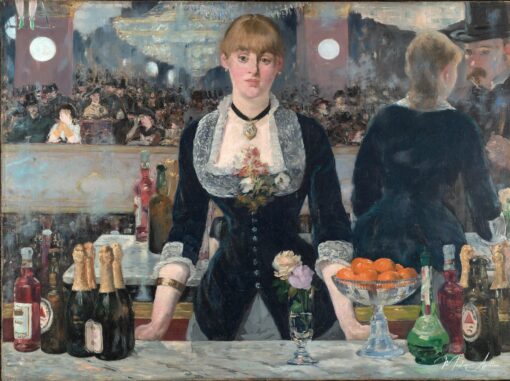
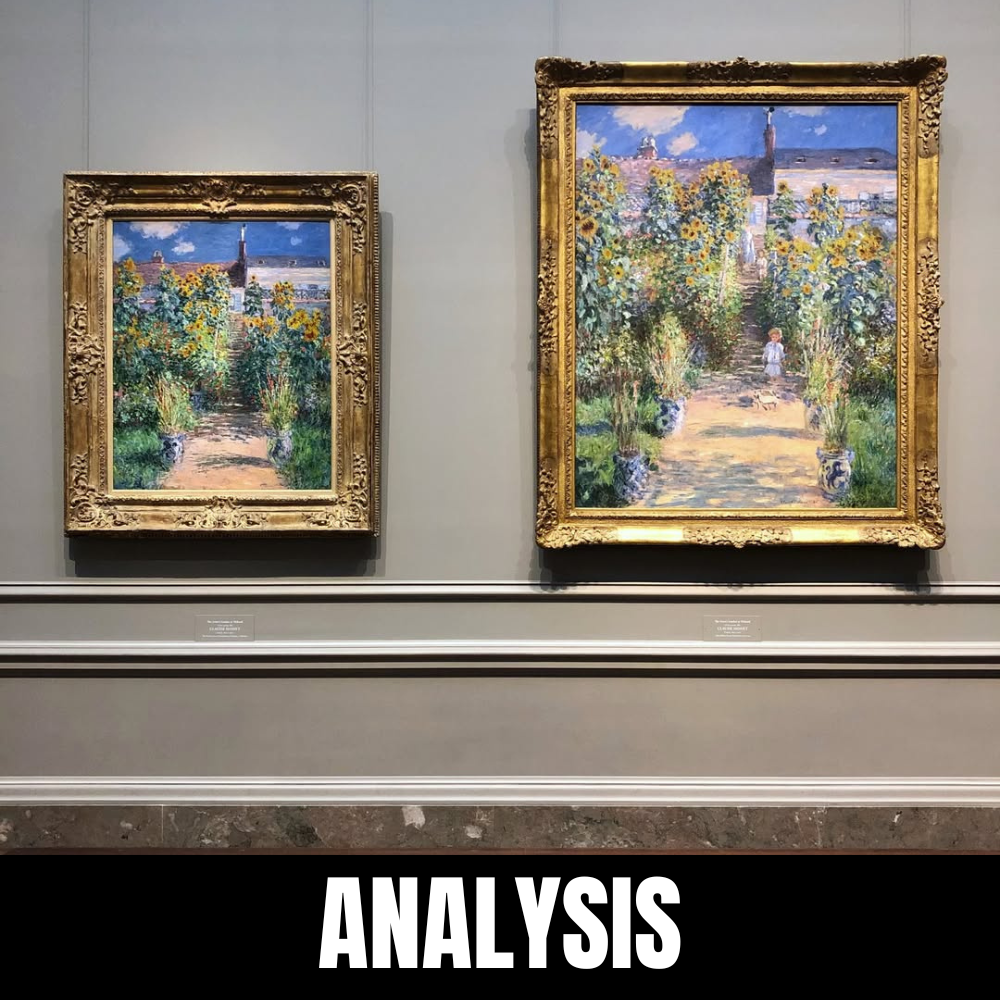
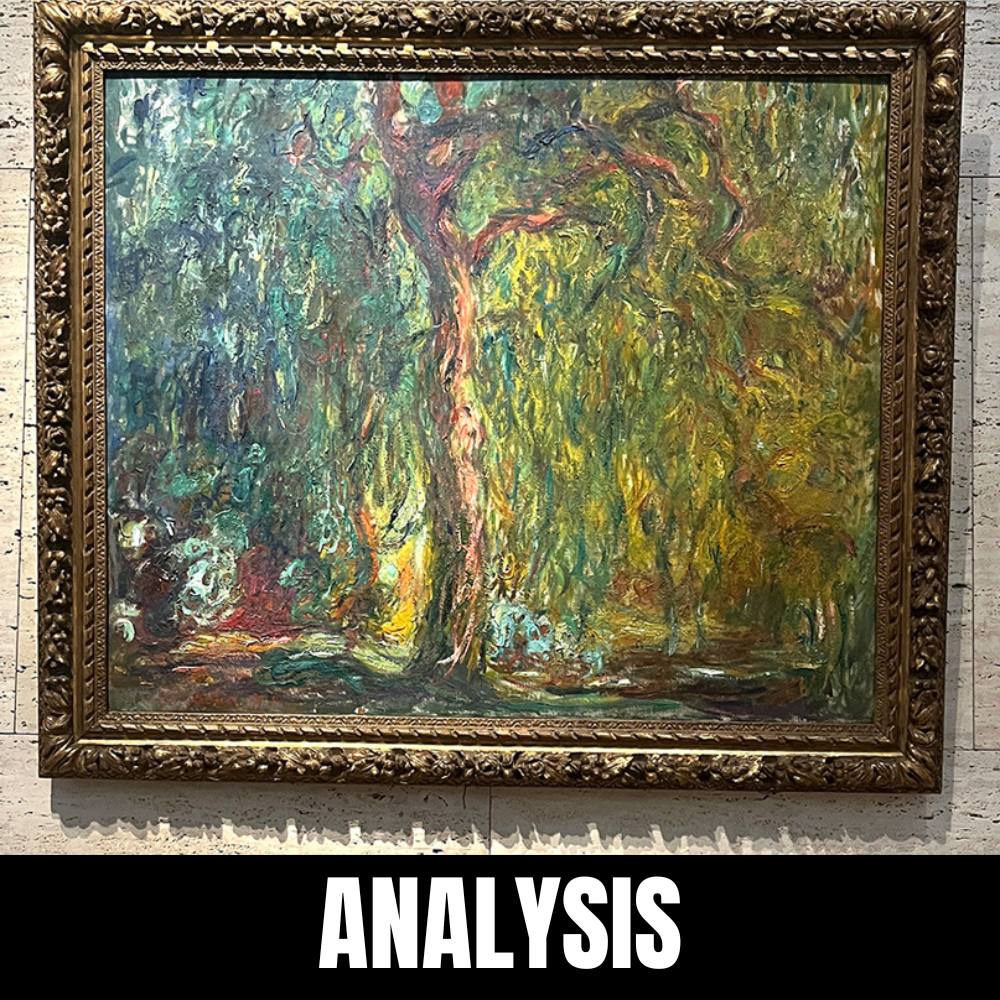
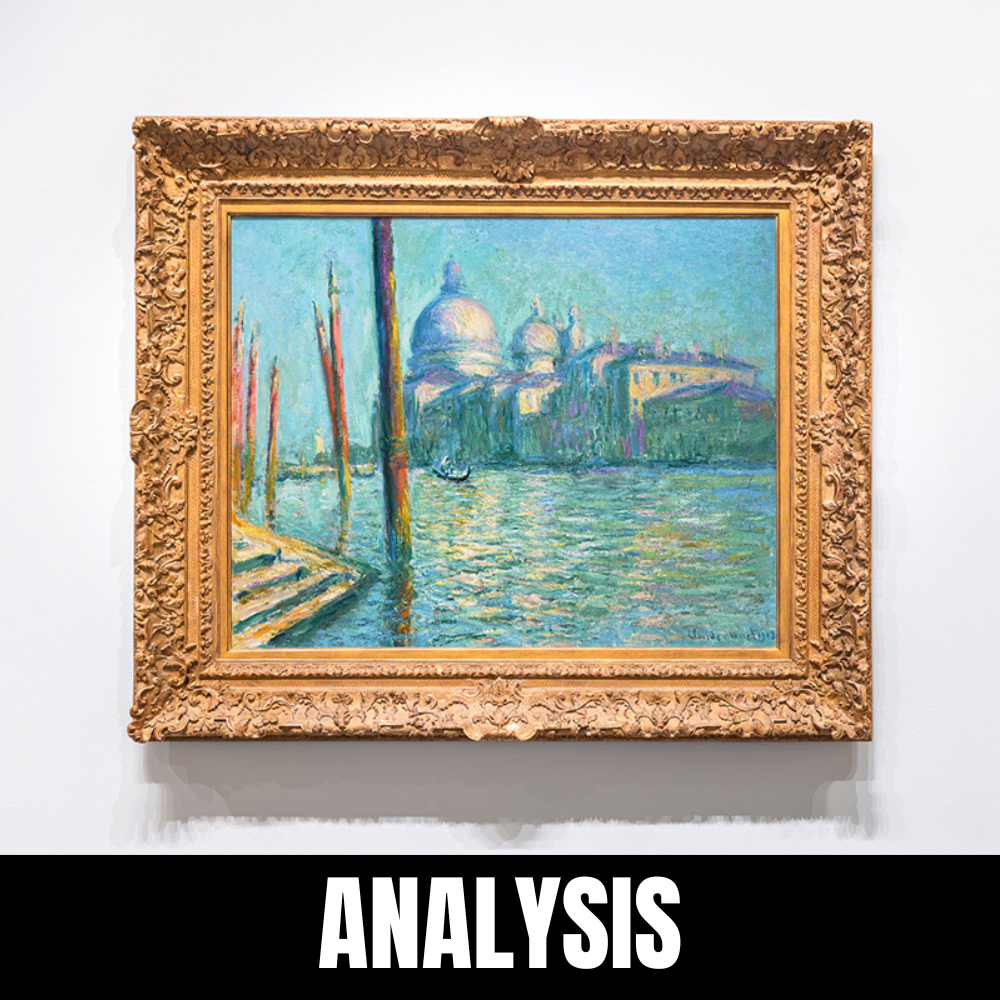
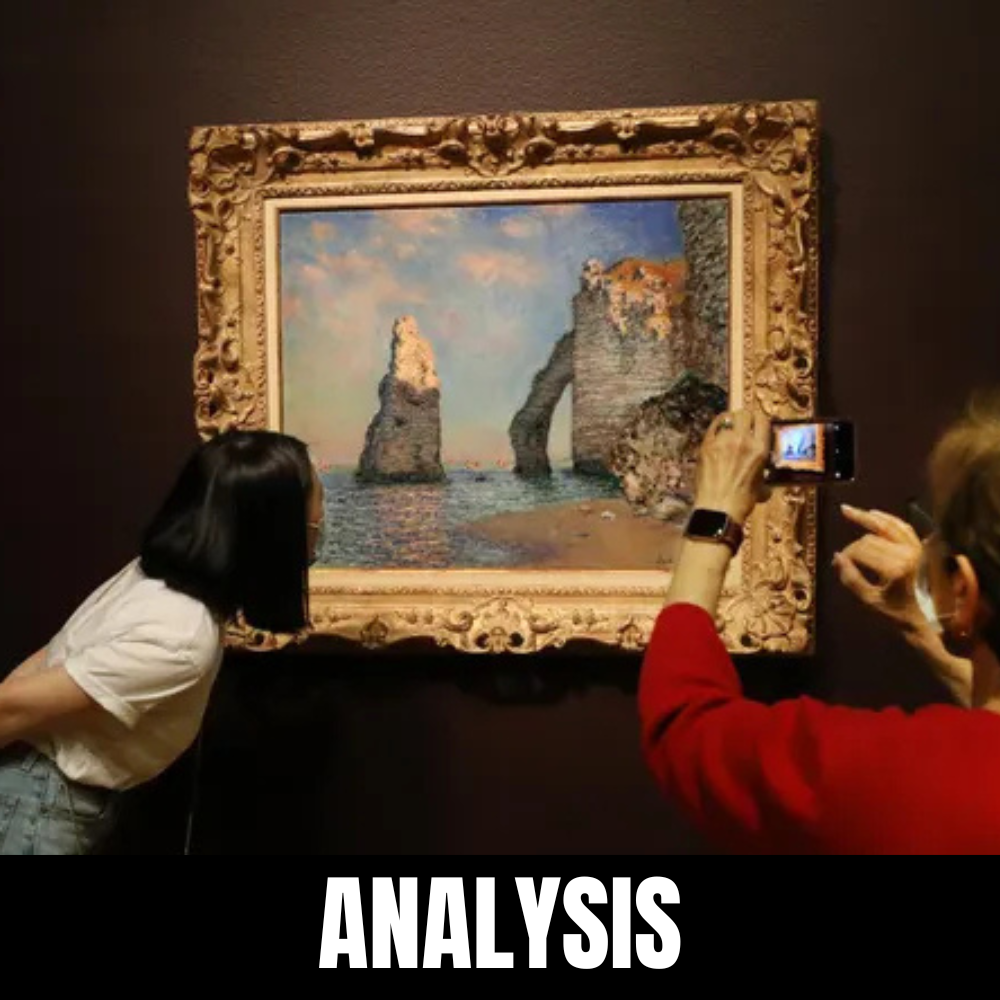
Leave a Reply